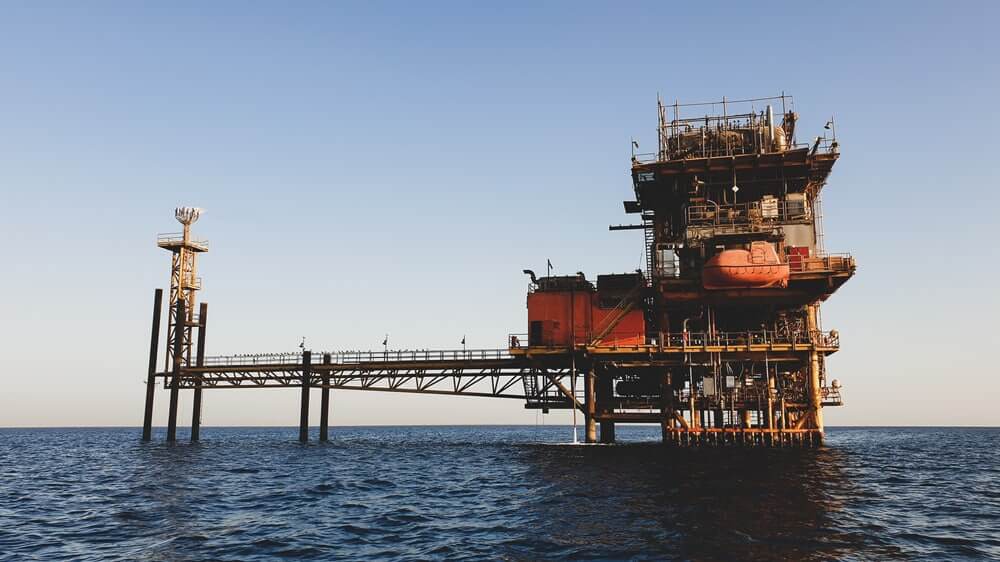
China Increases Russian Oil Imports
Last month, China increased crude oil imports from Russia and Saudi Arabia, with the Saudis taking the top spot among Chinese oil suppliers. Earlier this year, Russia supplanted Saudi Arabia as China’s largest crude oil supplier, thanks to a price drop caused by European Union sanctions.
Russian oil exports to China were 7.35 percent higher year to far, while Saudi exports to Asia’s powerhouse were 0.35 percent lower.
Oil imports from Brazil and Angola were significantly lower last month, with shipments from Brazil falling by 47 percent and those from Angola falling by 34 percent.
According to figures released earlier this month, China’s overall oil imports declined 9.42% in August, to 9.5M BPD. This was due to lackluster refinery demand, exacerbated by outages and unfavorable refining margins.
China’s independent refiners ran at a low rate of around 65% this month, fueling weak demand.
The August import average, however, was higher than the July average of 8.79M BPD. According to the data, the average oil imports into China for the first eight months was 9.93M barrels per day.
The eight-month oil import average was down 4.25 percent yearly, owing mostly to COVID-related limitations. Beijing maintains its zero-COVID policy despite the impact on economic activity and, in particular, oil consumption.
Oil Prices Steady
Brent oil futures for November delivery increased three cents to $92.03 a barrel.
U.S. West Texas Intermediate crude price for October delivery rose three cents to $85.76 per barrel. The October contract expires on Tuesday, and the more active November contract was trading at $85.29, down seven cents, or 0.1%.
The dollar remained solid against key peers, just below a two-decade high, ahead of a flurry of, which is expected to hike interest rates by another 75 basis points to rein in inflation.
The rising currency raises the cost of dollar-denominated oil for customers using foreign currencies. The predicted rate hikes have raised concerns that the tightening could precipitate a worldwide recession.
Other major economies are tightening. Hence, China, the world’s second-largest oil user, held its benchmark lending rates steady on Tuesday as it tries to balance supporting its slow economic growth with a falling yuan.
The U.S. Energy Department will sell up to 10M barrels of oil from the Strategic Petroleum Reserve for delivery, extending the timetable of a plan to sell 180M barrels from the stockpile to help keep fuel prices in check.
Prices were supported by signs that large producers failed to reach their output quotas.
In July, the firm fell short of its aim by 2.893M daily barrels.
U.S. Refiners Should Buy More Canadian Oil
According to dealers, U.S. refiners are expected to acquire more Canadian oil after the Biden administration terminates SPR releases this fall, raising the price of Canadian barrels at a time of constrained global supply.
The cessation of SPR releases could reshape market dynamics in a year marked by heightened volatility since Russia’s war with Ukraine in February. The White House said in March that it would release 180M barrels from the U.S. strategic reserve to alleviate rising costs.
The releases have impacted the price of Western Canada Select (WCS), the benchmark Canadian heavy grade. Because it has similar properties to the sour crude that dominates U.S. reserves, that oil has sold at roughly $20 per barrel less than U.S. West Texas Intermediate (WTI) crude for much of the summer, the average WCS discount in 2021 will be $12.78 per barrel.
Apportionment reduced precipitously last year when the Line 3 pipeline extension opened and ceased entirely from March to July. However, Enbridge has subsequently resumed capacity rationing on its Mainline. The allocation of crude supplies into the Kerrobert, Saskatchewan, hub was 2% in August and 6% in September.




